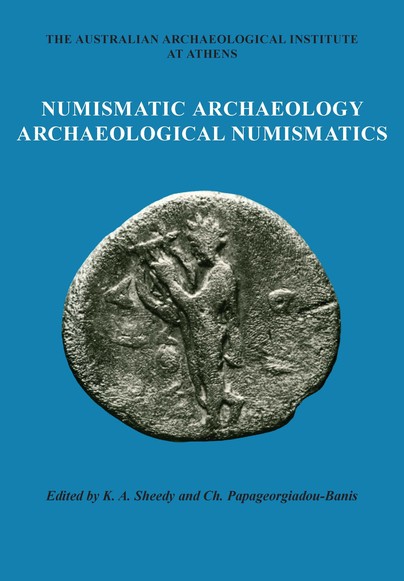
Format: Paperback
Pages: 180
ISBN: 9781900188234
Pub Date: 31 May 2017
Illustrations: pls
Description:
These papers examine the ongoing relationship between numismatic research and archaeology in Greece; they are based on a 1995 conference organised by the Athens National Museum and the Australian Archaeological Institute at Athens in honour of Dr Mando Oeconomodies.
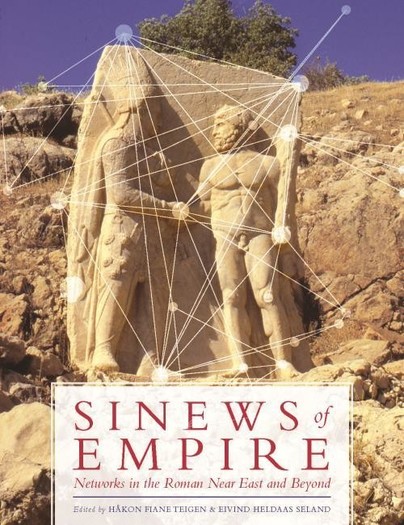
Format: Hardback
Pages: 240
ISBN: 9781785705960
Pub Date: 31 May 2017
Illustrations: b/w
Description:
A recent surge of interest in network approaches to the study of the ancient world has enabled scholars of the Roman Empire to move beyond traditional narratives of domination, resistance, integration and fragmentation. This relational turn has not only offers tools to identify, map, visualize and, in some cases, even quantify interaction based on a variety of ancient source material, but also provides a terminology to deal with the everyday ties of power, trade, and ideology that operated within, below, and beyond the superstructure of imperial rule. Thirteen contributions employ a range of quantitative, qualitative and descriptive network approaches in order to provide new perspectives on trade, communication, administration, technology, religion and municipal life in the Roman Near East and adjacent regions.
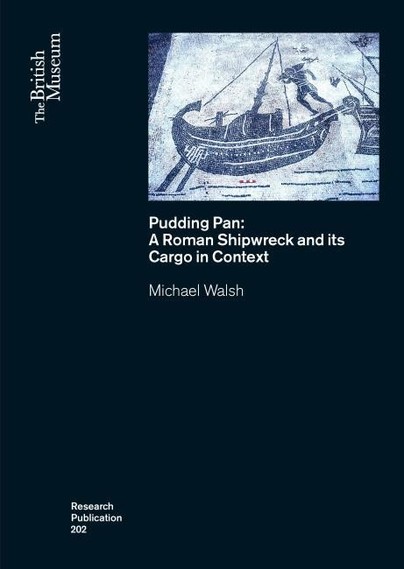
Format: Paperback
Pages: 202
ISBN: 9780861592029
Pub Date: 30 Apr 2017
Imprint: British Museum Press
Series: British Museum Research Publications
Illustrations: 80 colour illus.
Description:
For more than 300 years commercial fishermen working in the outer Thames estuary have recovered Roman pottery in their oyster dredgers and fishing nets from the seabed in the vicinity of Pudding Pan. However, despite numerous attempts to locate the source of the material, this elusive site has remained undiscovered beneath the waves. This book assesses the recovered assemblage from Pudding Pan to determine the nature and location of the site.
Almost 700 artefacts have been retrieved from this area to date, the majority of which are complete plain samian wares, one of the key indicators of the widespread cultural reception of Rome, which were undoubtedly transported throughout the Empire in huge quantities. The exhaustive research presented in this book convincingly argues that the material represents an unknown proportion of a cargo from a Roman trading ship en route from northern France to London that was deposited on the seabed between AD 175 and 195; it is not yet clear whether the deposit represents a shipwreck or a jettisoned cargo. Such a site is extremely rare throughout the Roman Empire, particularly so in northern Europe, and its discovery could play a crucial role in our understanding of Roman trade. The search for the site continues, but this publication offers the first detailed study of a seemingly predominantly samian cargo in British waters and contributes a new perspective on the organisation of trade and consumption in the Roman era.
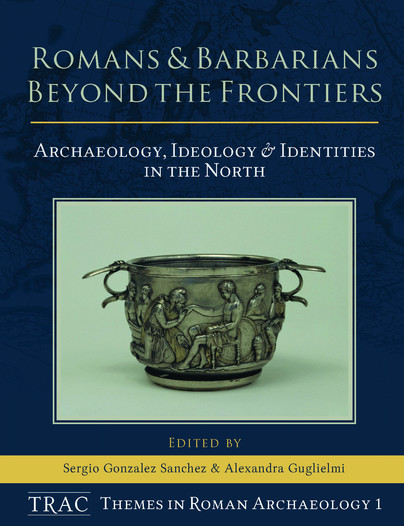
Format: Hardback
Pages: 164
ISBN: 9781785706042
Pub Date: 31 Mar 2017
Series: TRAC Themes in Archaeology
Illustrations: b/w
Description:
This first thematic volume of the new series TRAC Themes in Roman Archaeology brings renowned international experts to discuss different aspects of interactions between Romans and ‘barbarians’ in the north-western regions of Europe. Northern Europe has become an interesting arena of academic debate around the topics of Roman imperialism and Roman–‘barbarian’ interactions, as these areas comprised Roman provincial territories, the northern frontier system of the Roman Empire (limes), the vorlimes (or buffer zone), and the distant barbaricum. This area is, today, host to several modern European nations with very different historical and academic discourses on their Roman past, a factor in the recent tendency towards the fragmentation of approaches and the application of post-colonial theories that have favoured the advent of a varied range of theoretical alternatives.
Case studies presented here span across disciplines and territories, from American anthropological studies on transcultural discourse and provincial organization in Gaul, to historical approaches to the propagandistic use of the limes in the early 20th century German empire; from Danish research on warrior identities and Roman–Scandinavian relations, to innovative ideas on culture contact in Roman Ireland; and from new views on Romano-Germanic relations in Central European Barbaricum, to a British comparative exercise on frontier cultures. The volume is framed by a brilliant theoretical introduction by Prof. Richard Hingley and a comprehensive concluding discussion by Prof. David Mattingly.
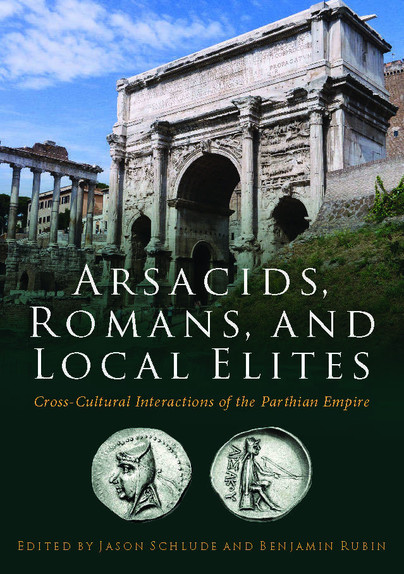
Format: Paperback
Pages: 184
ISBN: 9781785705922
Pub Date: 21 Mar 2017
Illustrations: b/w
Description:
For almost 500 years (247 BCE–224 CE), the Arsacid kings of Parthia ruled over a vast multi-cultural empire, which encompassed much of central Asia and the Near East. The inhabitants of this empire included a complex patchwork of Hellenized Greek-speaking elites, Iranian nobility, and semi-nomadic Asian tribesman, all of whom had their own competing cultural and economic interests. Ruling over such a diverse group of subjects required a strong military and careful diplomacy on the part of the Arsacids, who faced the added challenge of competing with the Roman empire for control of the Near East.
This collection of new papers examines the cross-cultural interactions among the Arsacids, Romans, and local elites from a variety of scholarly perspectives. Contributors include experts in the fields of ancient history, archaeology, classics, Near Eastern studies, and art history, all of whom participated in a multi-year panel at the annual conference of the American Schools of Oriental Research between 2012 and 2014. The seven chapters investigate different aspects of war, diplomacy, trade, and artistic production as mechanisms of cross-cultural communication and exchange in the Parthian empire. Arsacids, Romans, and Local Elites will prove significant for those interested in the legacy of Hellenistic and Achaemenid art and ideology in the Parthian empire, the sometimes under-appreciated role of diplomacy in creating and maintaining peace in the ancient Middle East, and the importance of local dynasts in kingdoms like Judaea, Osrhoene, and Hatra in shaping the geopolitical landscape of the Near East, alongside the imperial powerhouses of Rome and Parthia.
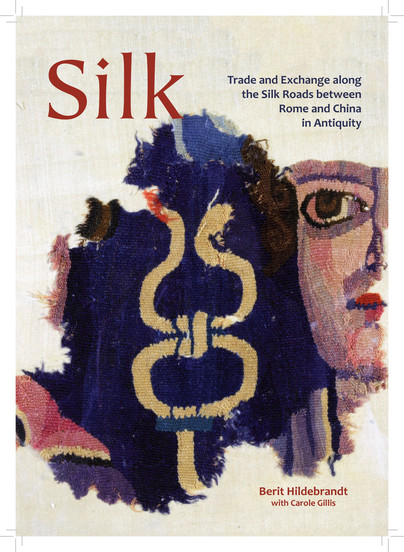
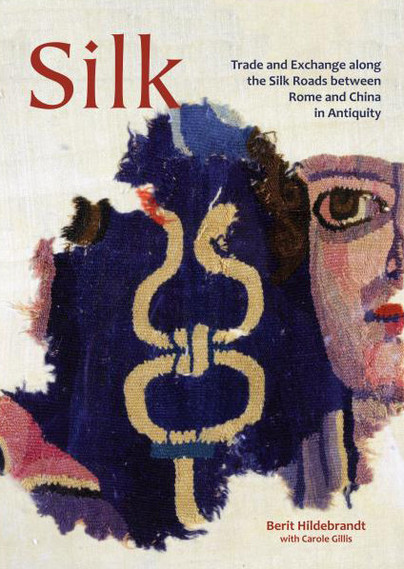
Pages: 152
ISBN: 9781785702792
Pub Date: 12 Jan 2017
Series: Ancient Textiles
Illustrations: bw and colour
Pages: 152
ISBN: 9781789255515
Pub Date: 15 Nov 2020
Series: Ancient Textiles
Description:
Already in Greek and Roman antiquity a vibrant series of exchange relationships existed between the Mediterranean regions and China, including the Indian subcontinent, along well-defined routes we call the Silk Roads. Among the many goods that found their way from East to West and vice versa were glass, wine spices, metals and precious stones as well as textile raw materials and fabrics of wool and silk, a precious fibre that was highly appreciated in many of the cultures along the roads that were named after it by modern scholars. These collected papers bring together current historical, philological and archaeological research from different areas and disciplines in order highlight the use, circulation and meaning of silk as a commodity, gift, tribute , booty, and status symbol in varying cultural and chronological contexts between East and West, including technological aspects of silk production.
Rome and China in antiquity provide the geographical and chronological frame for this volume (c. from the third century BCE to the fifth century CE), but also earlier and later epochs and cultures in between these empires are considered in order to build and intercultural and diachronic understanding of long-distance relations that involved silk.
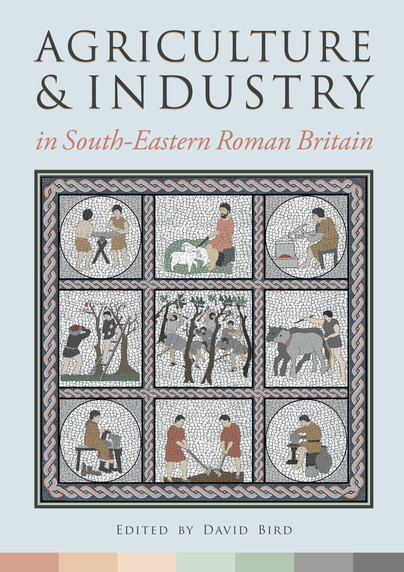
Format: Paperback
Pages: 368
ISBN: 9781785703195
Pub Date: 31 Dec 2016
Illustrations: b/w and colour
Description:
The ancient counties surrounding the Weald in the southeastern corner of England have a strongly marked character of their own that has survived remarkably well in the face of ever-increasing population pressure. The area is, however, comparatively neglected in discussion of Roman Britain, where it is often subsumed into a generalised treatment of the ‘civilian’ part of Britannia that is based largely on other parts of the country. This book aims to redress the balance.
The focus is particularly on Kent, Surrey and Sussex account is taken of information from neighbouring counties, particularly when the difficult subsoils affect the availability of evidence. An overview of the environment and a consideration of themes relevant to the South-East as a whole accompany 14 papers covering the topics of rural settlement in each county, crops, querns and millstones, animal exploitation, salt production, leatherworking, the working of bone and similar materials, the production of iron and iron objects, non-ferrous metalworking, pottery production and the supply of tile to Roman London. Agriculture and industry provides an up-to-date assessment of our knowledge of the southern hinterland of Roman London and an area that was particularly open to influences from the Continent.
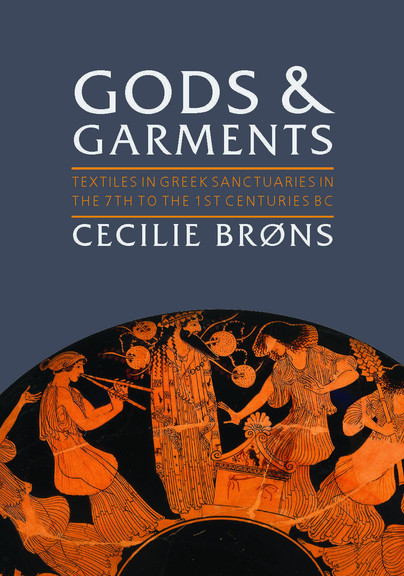
Format: Hardback
Pages: 384
ISBN: 9781785703553
Pub Date: 31 Dec 2016
Series: Ancient Textiles
Illustrations: b/w and colour
Description:
Textiles comprise a vast and wide category of material culture and constitute a crucial part of the ancient economy. Yet, studies of classical antiquity still often leave out this important category of material culture, partly due to the textiles themselves being only rarely preserved in the archaeological record. This neglect is also prevalent in scholarship on ancient Greek religion and ritual, although it is one of the most vibrant and rapidly developing branches of classical scholarship.
The aim of the present enquiry is, therefore, to introduce textiles into the study of ancient Greek religion and thereby illuminate the roles textiles played in the performance of Greek ritual and their wider consequences. Among the questions posed are how and where we can detect the use of textiles in the sanctuaries, and how they were used in rituals including their impact on the performance of these rituals and the people involved. Chapters centre on three themes: first, the dedication of textiles and clothing accessories in Greek sanctuaries is investigated through a thorough examination of the temple inventories. Second, the use of textiles to dress ancient cult images is explored. The examination of Hellenistic and Roman copies of ancient cult images from Asia Minor as well as depictions of cult images in vase-painting in collocation with written sources illustrates the existence of this particular ritual custom in ancient Greece. Third, the existence of dress codes in the Greek sanctuaries is addressed through an investigation of the existence of particular attire for ritual personnel as well as visitors to the sanctuaries with the help of iconography and written sources. By merging the study of Greek religion and the study of textiles, the current study illustrates how textiles are, indeed, central materialisations of Greek cult, by reason of their capacity to accentuate and epitomize aspects of identity, spirituality, position in the religious system, by their forms as links between the maker, user, wearer, but also as key material agents in the performance of rituals and communication with the divine.
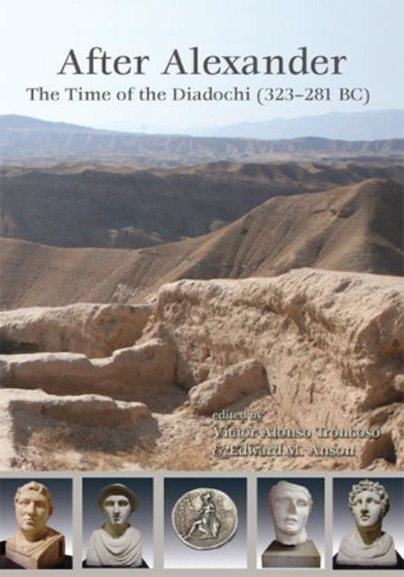
Format: Paperback
Pages: 240
ISBN: 9781785705120
Pub Date: 15 Dec 2016
Description:
When Alexander the Great died in 323 BC without a chosen successor he left behind a huge empire and ushered in a turbulent period, as his generals fought for control of vast territories. The time of the Successors (Diadochi) is usually defined as beginning in 323 BC and ending with the deaths of the last two Successors in 281 BC. This is a major publication devoted to the Successors and contains eighteen papers reflecting current research.
Several papers attempt to unravel the source history of the very limited remaining narrative accounts, and add additional materials through cuneiform and Byzantine texts. Specific historical issues addressed include the role of so-called royal flatterers and whether or not Alexander's old guard did continue to serve into their sixties and seventies. Three papers reflect the recent conscious effort by many to break away from the Hellenocentric view of the predominantly Greek sources, by examining the role of the conquered, specifically the prominent roles played by Iranians in the administration and military of Alexander and his Successors, pockets of Iranian resistance which eventually blossomed into Hellenistic kingdoms ruled by sovereigns proclaiming their direct connection to an Iranian past and a continuation of Iranian influence through an examination of the roles played by certain of the Diadochis Iranian wives. The papers in the final section analyse the use of varying forms of propaganda. These include the use of the concept of Freedom of the Greeks as a means of manipulating opinion in the Greek world; how Ptolemy used a snake cult associated with the foundation of Alexandria in Egypt to link his kingship with that of Alexander; and the employment of elephant images to advertise the authority of particular rulers.
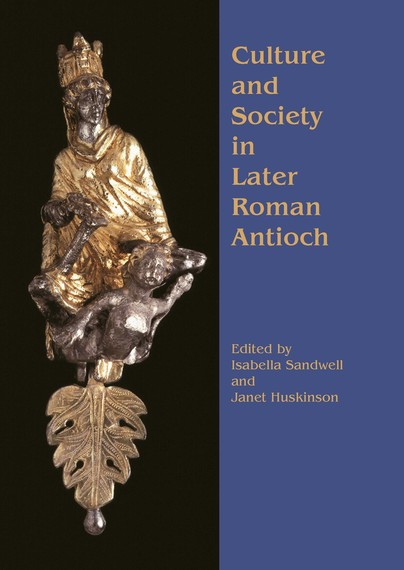
Format: Paperback
Pages: 158
ISBN: 9781842171028
Pub Date: 15 Dec 2016
Illustrations: 2 b/w figs
Description:
This collection of papers brings together a broad range of new research and new material on Antioch in the late Roman period (the 2nd to the 7th centuries AD), from the writings of the orator Libanius and the preacher John Chrysostom to the extensive mosaics found in the city and its suburbs. The authors consider the lively issues of identity and ethnicity in this truly multi-cultural and multi-religious city, the effects of Romanization and Christianization on the city and surrounding region, and the central place of the city in the Roman world. These papers were presented at a colloquium in London, in December 2001.
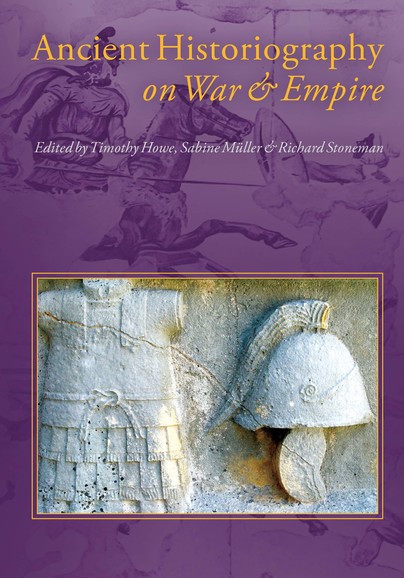
Format: Hardback
Pages: 304
ISBN: 9781785702990
Pub Date: 30 Nov 2016
Illustrations: b/w and colour
Description:
In the ancient Greek-speaking world, writing about the past meant balancing the reporting of facts with shaping and guiding the political interests and behaviours of the present. Ancient Historiography on War and Empire shows the ways in which the literary genre of writing history developed to guide empires through their wars. Taking key events from the Achaemenid Persian, Athenian, Macedonian and Roman ‘empires’, the 17 essays collected here analyse the way events and the accounts of those events interact.
Subjects include: how Greek historians assign nearly divine honours to the Persian King; the role of the tomb cult of Cyrus the Founder in historical narratives of conquest and empire from Herodotus to the Alexander historians; warfare and financial innovation in the age of Philip II and his son, Alexander the Great; the murders of Philip II, his last and seventh wife Kleopatra, and her guardian, Attalos; Alexander the Great’s combat use of eagle symbolism and divination; Plutarch’s juxtaposition of character in the Alexander-Caesar pairing as a commentary on political legitimacy and military prowess, and Roman Imperial historians using historical examples of good and bad rule to make meaningful challenges to current Roman authority. In some cases, the balance shifts more towards the ‘literary’ and in others more towards the ‘historical’, but what all of the essays have in common is both a critical attention to the genre and context of history-writing in the ancient world and its focus on war and empire.
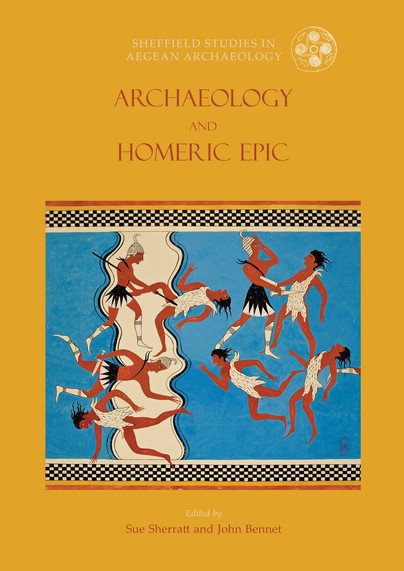
Format: Paperback
Pages: 176
ISBN: 9781785702952
Pub Date: 30 Nov 2016
Series: Sheffield Studies in Aegean Archaeology
Illustrations: b/w
Description:
The relationship between the Homeric epics and archaeology has long suffered mixed fortunes, swinging between 'fundamentalist' attempts to use archaeology in order to demonstrate the essential historicity of the epics and their background, and outright rejection of the idea that archaeology is capable of contributing anything at all to our understanding and appreciation of the epics. Archaeology and the Homeric Epic concentrates less on historicity in favour of exploring a variety of other, perhaps sometimes more oblique, ways in which we can use a multi-disciplinary approach – archaeology, philology, anthropology and social history – to help offer insights into the epics, the contexts of their possibly prolonged creation, aspects of their 'prehistory', and what they may have stood for at various times in their long oral and written history. The effects of the Homeric epics on the history and popular reception of archaeology, especially in the particular context of modern Germany, is also a theme that is explored here.
Contributors explore a variety of issues including the relationships between visual and verbal imagery, the social contexts of epic (or sub-epic) creation or re-creation, the roles of bards and their relationships to different types of patrons and audiences, the construction and uses of 'history' as traceable through both epic and archaeology and the relationship between 'prehistoric' (oral) and 'historical' (recorded in writing) periods. Throughout, the emphasis is on context and its relevance to the creation, transmission, re-creation and manipulation of epic in the present (or near-present) as well as in the ancient Greek past.
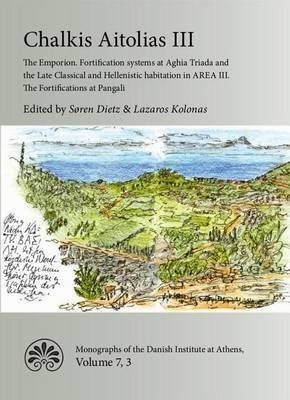
Format: Hardback
Pages: 279
ISBN: 9788771249972
Pub Date: 30 Nov 2016
Imprint: Aarhus University Press
Series: Monographs of the Danish Institute at Athens
Illustrations: b/w photos & illus
Description:
Chalkis Aitolias III is the third and final report of the Danish/Greek archaeological field work in Chalkis Aitolias situated near the present-day village of Kato Vasiliki, between Mesolonghi and Naupaktos on the south coast of Aitolia. Excavations were conducted at Aghia Tridia in seven campaigns from 1995-2001. This volume focuses on the dating, construction and re-construction of the considerable terrace-and fortification walls on Aghia Triada and the excavations of the Late Classical and early Hellenistic workshops and storerooms on the north-east side of the mound.
Furthermore, this volume covers scientific analysis of the general topography and fortification systems including various studies of the different time periods, geological investigations and examples of finds. Many scholars have added their field research to this volume, which is edited by Soren Dietz and Lazaros Kolonas.
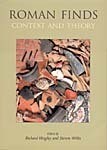
Format: Paperback
Pages: 254
ISBN: 9781842171639
Pub Date: 15 Nov 2016
Description:
Studies on finds in Roman Britain and the Western Provinces have come to greater prominence in the literature of recent years. The quality of such work has also improved, and is now theoretically informed, and based on rich data-sets. Work on finds over the last decade or two has changed our understanding of the Roman era in profound ways, and yet despite such encouraging advances and such clear worth, there has to date been little in the way of a dedicated forum for the presentation and evaluation of current approaches to the study of material culture.
The conference at which these papers were initially presented has gone some way to redressing this, and these papers bring the very latest studies on Roman finds to a wider audience. Twenty papers are here presented covering various themes.
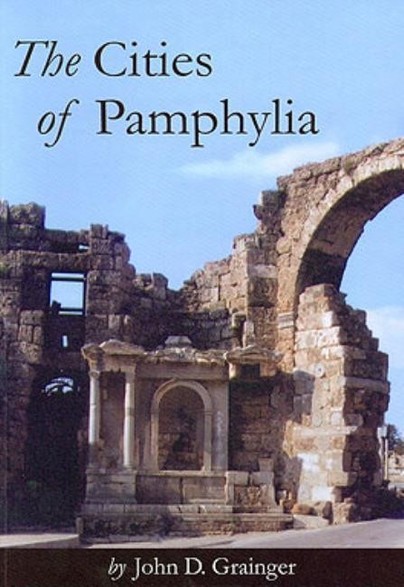
Format: Paperback
Pages: 288
ISBN: 9781842173343
Pub Date: 15 Nov 2016
Illustrations: 41 b/w illus
Description:
Pamphylia, in modern Turkey, was a Greek country from the early Iron Age until the Middle Ages. In that land there were nine cities which can be described more or less as Greek, and this book is an investigation of their history. This was a land at the margins of other great empires - Hellenistic, Roman, Arab and Byzantine - and is still off the beaten track, though Aspendos, Perge and Phaselis are all visited for their archaeology.
Only one ancient source, Strabo, discusses the area at any length, and John Grainger therefore has to bring together a wide variety of exiguous and fragmentary sources to tell the cities' story. His focus is not only regional - he is interested in the impact of outside forces on a particular civic culture. He considers the processes of city foundation, settlement, urbanisation and evolution, and the cities' mutual relations. Coastal piracy drew Pamphylia into the Roman empire, and finally, in the seventh century AD, the Arabs destroyed the cities in their wars with the Byzantine empire.
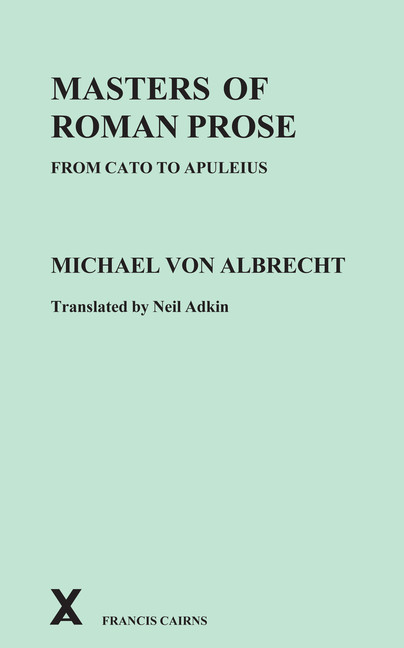
Format: Paperback
Pages: 192
ISBN: 9780995461208
Pub Date: 31 Oct 2016
Imprint: Francis Cairns Publications
Description:
In this commented anthology of Latin prose, Michael von Albrecht selects texts from a span of Roman literature covering four centuries. A summary of the contents will indicate its range and variety: M. Porcius Cato (the preface to De agricultura , a passage from the speech for the Rhodians of 167 B.
C., and a section from the Origines ); republican oratory (C. Gracchus, from De legibus promulgatis of 122 B.C. and Cicero from In Verrem II ); Caesar as orator and historian; two passages of Sallust; a comparison of Claudius Quadrigarius and Livy as historiographers; philosophical texts from Cicero and the Younger Seneca; and chapters on Petronius, Tacitus, Pliny the Younger, and Apuleius. The method of the book is practical, based on actual interpretation of specific texts rather than on literary theory (ancient or modern). Each text (printed first in Latin and then in English) is followed by a detailed and flexible discussion, somewhere between essay and commentary. No set pattern is imposed - rather the nature of the text governs the shape of its analysis - but Professor von Albrecht's vivid scholarly exposition covers most dimensions of the art of Latin prose-writing. The book's variety of texts and close treatment of specific Latin passages make it an ideal coursebook for the study of Latin prose. But behind its accessibility lies scholarship of the highest order: Professor von Albrecht's exemplary erudition reveals itself in the extensive annotation underpinning his main text; and researchers in any of the fields covered by Latin prose-writers - philosophy, politics, history, letters, practical handbooks, entertainment - will find this book a valuable resource. This book was originally published in German ( Meister römischer Prosa von Cato bis Apuleius , 1971). It has been accurately and sympathetically translated by Neil Adkin.

















